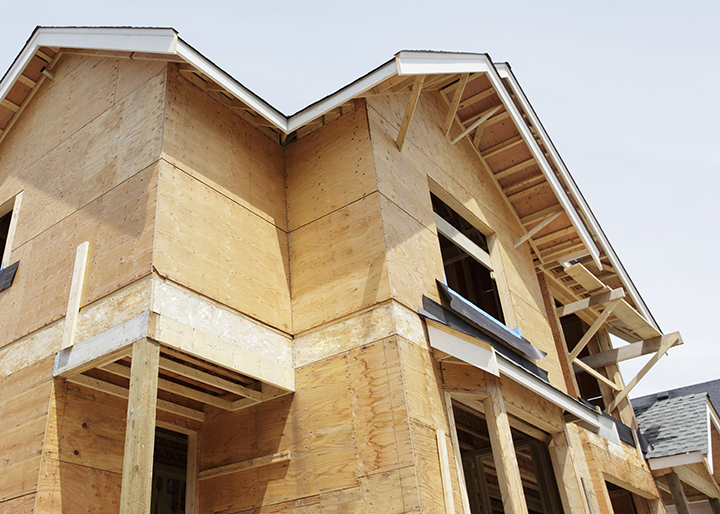Build-to-Rent in a Brave New World
Global Real Estate Services Combines Personal Services and Technology for Investing Success from Start to Finish By Carole Vansickle Ellis Mike McMullen, founder and CEO of Birmingham-based Global Real Estate Services, started investing in real estate in 2002 at the behest of his accountant. “He asked me why I had so much money in the stock market when I knew nothing about it and suggested I work in what I
Read More










